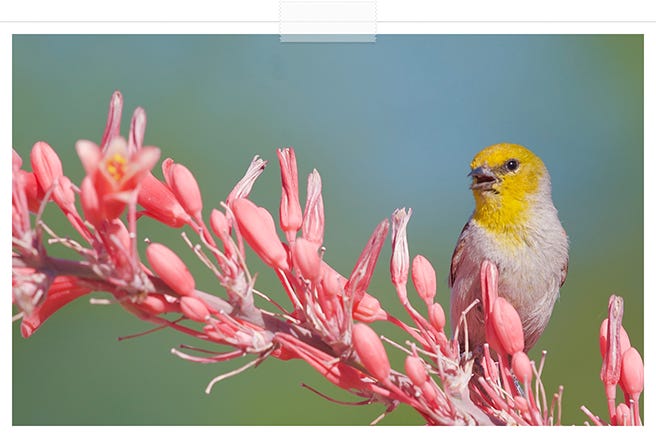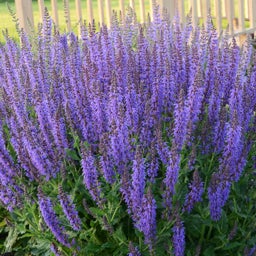May Night Salvia
•Salvia x sylvestris ‘May Night’ (Meadow Sage) is an outstanding cultivar beloved for its compact habit and profuse deep-purple flower spikes
• Highly drought resistant, this perennial thrives in hot, sunny planting sites, making it an indispensable addition to the waterwise garden
• Blooming in late spring, this pollinator magnet is an early-season nectar source loved by Monarch butterflies, hummingbirds, and bumblebees
• Known for its vigorous reblooming nature, deadheading will ensure a second flush of flower spikes later in summer
• 1997 Perennial Plant of the Year

Together, we’re improving the earth, one garden at a time
celebrating earth day, every day
High Country Gardens was founded with a mission to make sustainable gardening accessible to every gardener, and we believe the natural world needs champions now more than ever. We're your source for expert advice, a passionate community, and plants that are beautiful, resilient, and beneficial to a healthy ecosystem.















